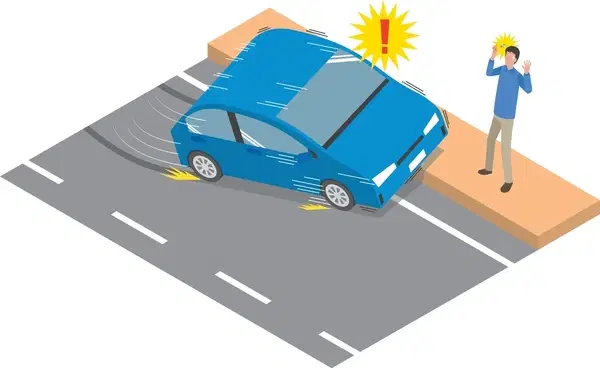As new drivers hit the road, they often face challenges that can lead to risky situations and potential accidents. In this blog post, we will explore five common mistakes that new drivers commonly make and provide effective solutions to fix them. By addressing these issues early on, we can help new drivers become more confident and safe on the road.
1. Persistently driving too close to the left:
One common tendency among new drivers is driving too close to the left, especially when encountering parked cars or left-hand bends. This poses risks for both the driver and pedestrians. To address this, it is crucial to make the learner driver aware of their observational issues. Encouraging them to practice “side to side” scanning will enhance their positional awareness and help them maintain a safe distance from the left side of the road.
2. Unnecessary “coasting”:
“Coasting” refers to pressing the clutch down unnecessarily, such as when the driver anticipates a need to stop. This practice eliminates engine-assisted braking, reduces steering control, and can lead to accidents. To fix this, drivers should be encouraged to slow down for hazards earlier using the brakes only. Identifying hazards early and preparing for them through effective communication will help drivers avoid unnecessary coasting.
3. Indicating too early:
New drivers often indicate too early due to their thought process. They immediately think of indicating upon hearing a direction without considering other factors. To address this, engaging in thought-provoking coaching conversations can be helpful. Asking questions like “What might happen if we indicate too early or too late?” and “How can you tell if your indicators are well-timed?” will encourage drivers to think critically and make better decisions on when to indicate.
4. Misconception about rolling back:
A common misconception among novice drivers is the belief that a car will roll to a stop if the foot is taken off the accelerator while in gear. This can lead to panic, especially when driving uphill. To correct this, learners should be given the opportunity to see what happens when no acceleration is applied. They will discover that the car continues to drive forward, eliminating the need for excessive acceleration to prevent rolling back.
5. Late steering into side roads on the right:
New drivers often struggle with turning late into side roads on the right, resulting in problematic “gooseneck” turns. This issue often stems from a lack of proper observation. To address this, drivers should be encouraged to check both ahead for oncoming traffic and into the side road for hazards. By improving their observation skills, they can make timely and smooth turns, avoiding potential accidents.
Conclusion:
By addressing these five common mistakes early on in their driving journey, new drivers can improve their skills and become safer on the road. Encouraging awareness, effective communication, and critical thinking will help them develop good driving habits and navigate the challenges they may encounter. With practice and guidance, new drivers can overcome these mistakes and enjoy a smoother and safer driving experience.

